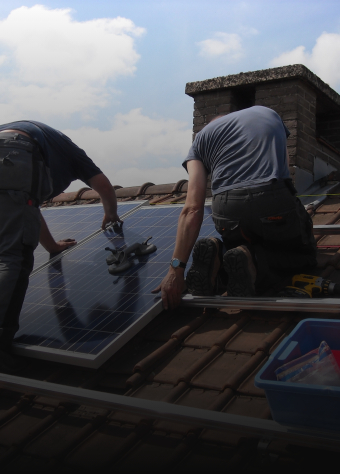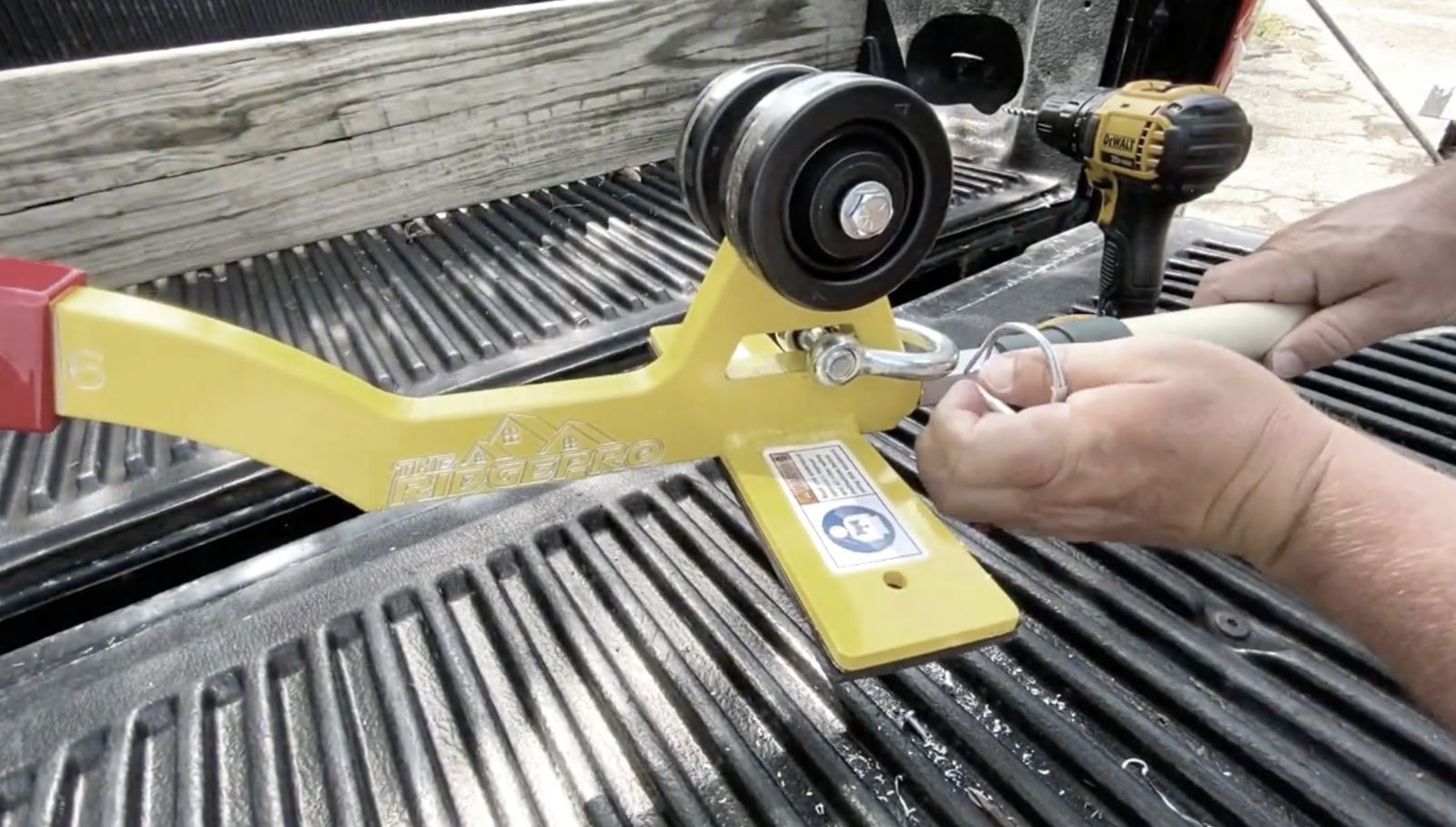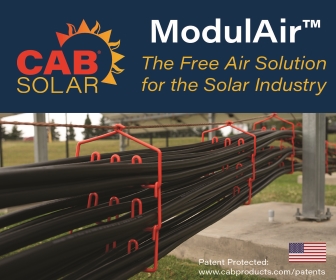Speed vs. Safety in Solar Installation... Must You Choose?
In today's superheated clean energy industry, solar PV contractors across the country are feeling the need for speed. Current statistics show that solar accounted for 43 percent of new electricity generation in 2020, amounting to almost 20 GW of new capacity. While larger commercial installations provided much of the market expansion, the residential solar market remained strong in spite of the pandemic. Total solar capacity in the US now stands at more than 71 GW.
 The solar residential marketplace has become more competitive than ever, with price declines and increased demand filling the calendars of PV installation companies. This poses a dilemma for solar installers large and small... turn down new projects or move faster to completion on each one? When the name of the game is profits, most companies would vote for finishing each job more quickly to capitalize on the current appetite for solar energy.
The solar residential marketplace has become more competitive than ever, with price declines and increased demand filling the calendars of PV installation companies. This poses a dilemma for solar installers large and small... turn down new projects or move faster to completion on each one? When the name of the game is profits, most companies would vote for finishing each job more quickly to capitalize on the current appetite for solar energy.
In the inherently high-risk business of solar, is it necessary to take chances with worker safety in order to stay on schedule? As with most projects in the construction field, extra time invested and adjustments made on the front end will reap benefits throughout the execution of the job. It would be easy, for instance, to skip a thorough site survey in order to get work started sooner. For the Project Lead, there's no substitute for walking the site, noting potential hazards, measuring the roof pitch, and planning where to stage materials. This small step can prevent accidents or costly restaging that can slow progress or tempt workers to take short cuts. Additionally, electrical safety and lockout/tagout procedure training is a must for all solar workers due to the very real dangers inherent in working with PV panels including the risks of arc flash and electric shock.
Once on site, fall prevention takes center stage. The site survey will already have noted the roof pitch as well as cavities, skylights, vent pipes, or other areas on the roof needing guardrails to mark the hazard. Panels, rails, tools, and other materials must be lifted safely to the roof in a timely fashion. Since each roof ascent or descent provides ample opportunity for an accident, safety adjuncts such as an adjustable ridge anchor system are essential.
When working at height, installers must wear the right PPE (personal protective equipment) including hardhats, gloves, and properly sized fall arrest gear with appropriate anchorage. Be aware that no plan survives intact throughout a job. Be flexible and ready with backup methods for each stage of the process.

In most parts of the country, weather is also a safety consideration, especially when working on roofs. Heat poses a danger to workers once ambient temperatures reach the 90s. Workers can become disoriented and lose balance, causing them to fall or to drop tools or equipment, endangering those below. Rain or snow makes roof surfaces slippery; wind can be another major factor when lifting or handling bulky solar panels. Pushing to get the job done on or ahead of schedule must be tempered with patience and a culture of safe, healthy work procedures.
Sadly, falls still account for too many cases of disability or death in the United States each year. Steep slopes found on residential roofs present a challenge even to seasoned installers. Like other construction professionals, solar contractors need a well developed and rehearsed rescue plan for accidents at the workplace. If a worker slips and is caught by a fall arrest system, rescue should not be delayed - immediate and effective help must be available to prevent injury caused by the life-saving harness. Not only can a single accident wipe out a worker's livelihood, but it also reverses any monetary gains derived from taking short cuts.
There is no substitute for thorough safety planning. Wise solar companies know that dollars spent on safety are an investment, not an expense. Owners, managers, and site supervisors responsible for workplace safety must take it seriously. Good preparation and consistent implementation of onsite safety procedures are the bedrocks of efficiency that will reap benefits on each and every job.
Brandon Strawder is CEO of Strawder Family Innovations, which manufactures the RIDGEPRO safety system to reduce the number of injuries and fatalities in steep-slope roofing applications.
RIDGEPRO | www.theridgepro.com
Author: Brandon Strawder
Volume: 2021 September/October









.png?r=1505)


